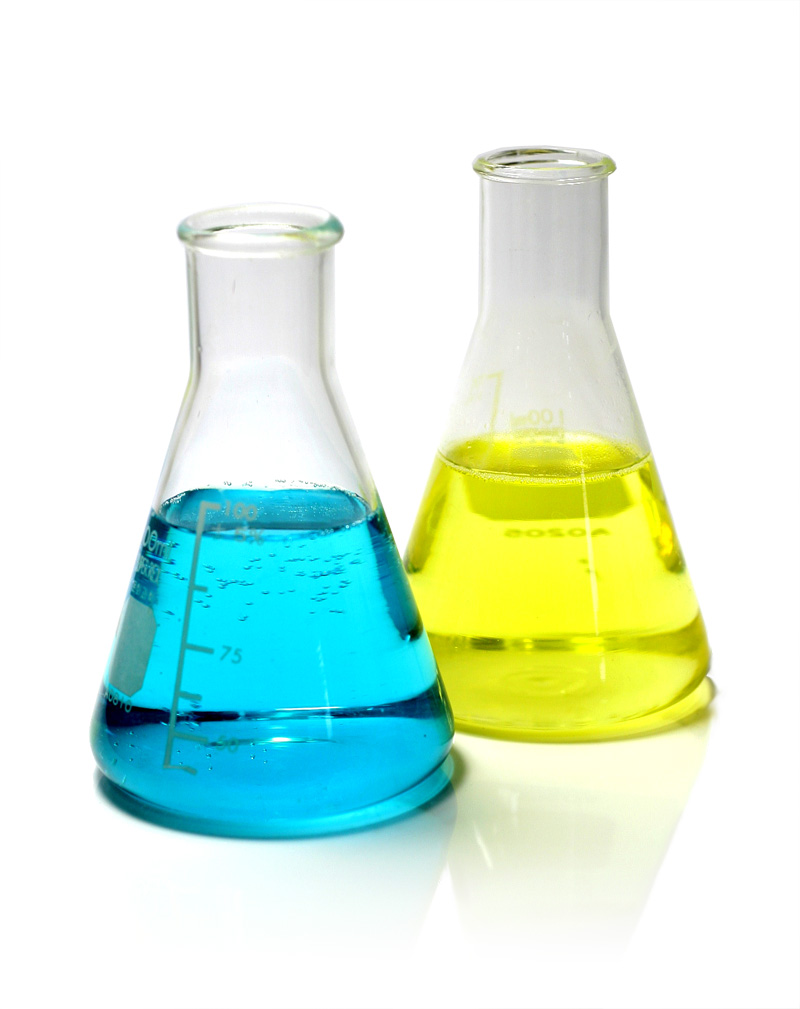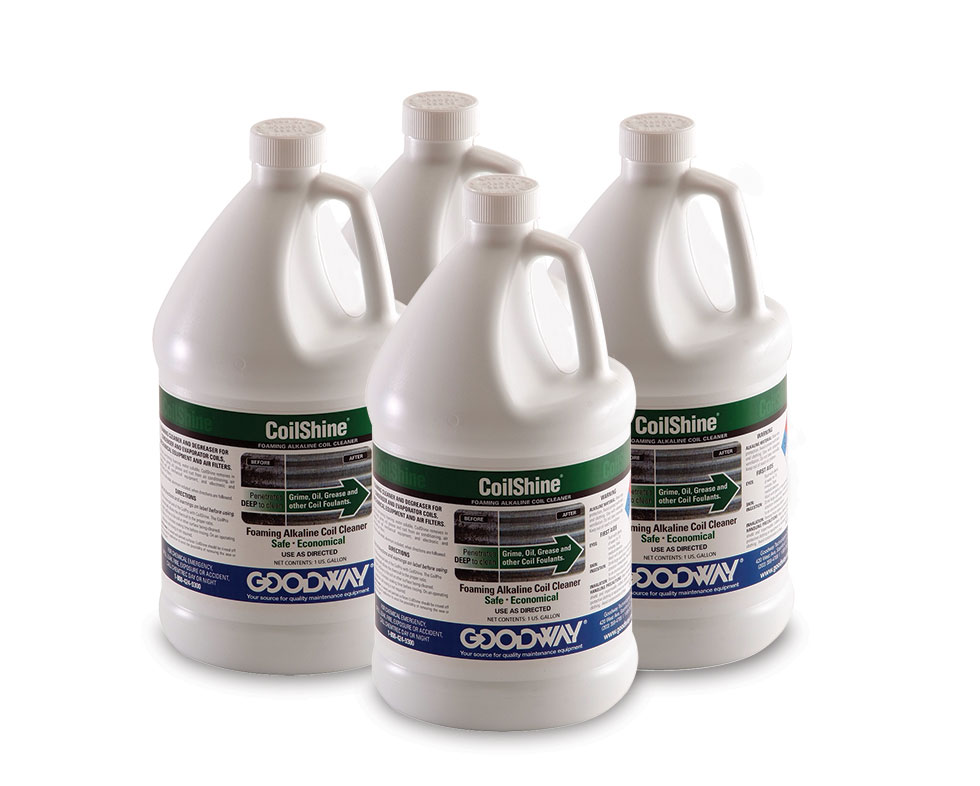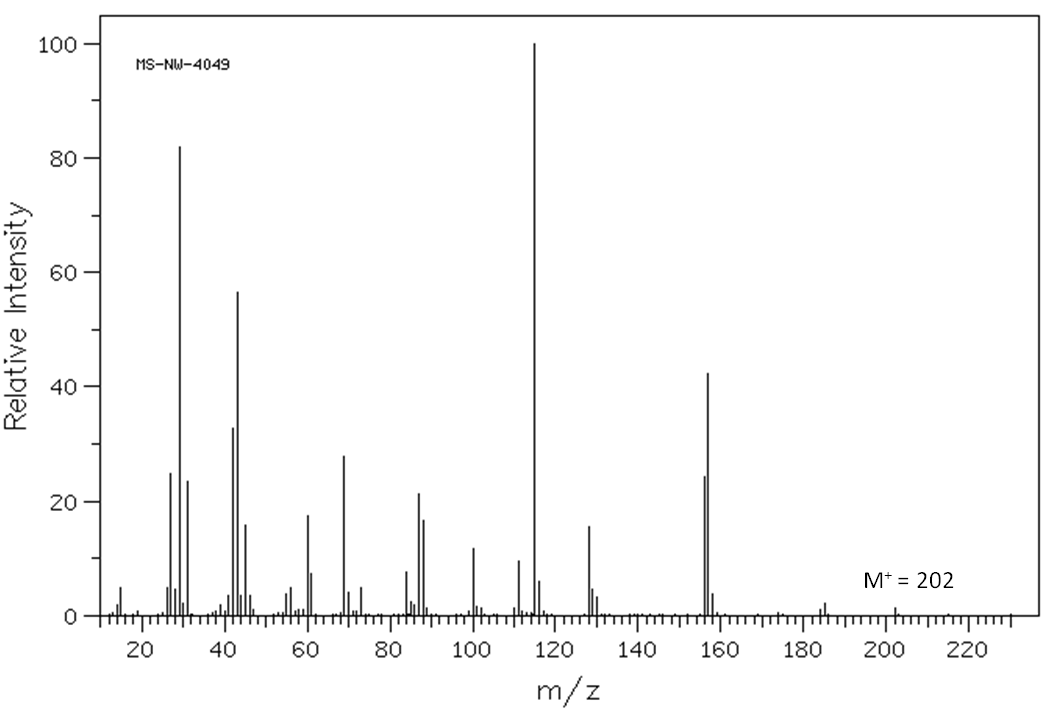Global Chelating Agents Market In Transition

 In seeking the best contender among water technology companies, it?s helpful to consider the range of the field in question. A company specializing in water technology can be very helpful in streamlining the costs and productions of a business that relies on processing water. It could be argued that delving into this industry almost guarantees a lot of money is at stake, and there is plenty to lose if a bad decision is carried forward.
In seeking the best contender among water technology companies, it?s helpful to consider the range of the field in question. A company specializing in water technology can be very helpful in streamlining the costs and productions of a business that relies on processing water. It could be argued that delving into this industry almost guarantees a lot of money is at stake, and there is plenty to lose if a bad decision is carried forward.
Water technology companies that don?t take your apparatus into account are not offering you a full range of possibilities with regard to your ideal system. Some companies may specialize in filters while other specialize in resins and from there they will try to provide you with an acceptable solution. However, this not an answer that takes everything into account. Some changes to the apparatus may improve how everything flows while being cost-effective. This is an aspect to water technology which should interest anyone seeking water solutions that work better and save money.
If you?re searching among water technology companies for a project in Etobicoke, Ontario or the surrounding areas, think applications of surfactants us at Ion Water Solutions. We pride ourselves on offering a holistic approach to water solutions, taking into account the water and the apparatus as well. With our backgrounds in chemistry and engineering, we offer an opportunity for a business or institution that?s looking for water solutions. A free survey is available for those that want their water optimization to be comprehensive, so call us today.
14 Days To Disinfect Cooling Towers In Nyc Or it Is A Misdemeanor!
 Owners of cooling towers in New York City will probably need to start testing their cooling tower water treatment chemicals on a daily basis if the Department of Health and Mental Hygiene has something to say about it. And they certainly do have something to say about it...
Owners of cooling towers in New York City will probably need to start testing their cooling tower water treatment chemicals on a daily basis if the Department of Health and Mental Hygiene has something to say about it. And they certainly do have something to say about it...
On November 20th, 2015, the NYC Department of Health and Mental Hygiene filed a proposed resolution to add a new Chapter 8 to Title 24 of the Rules of the City of New York which would establish ongoing rules for cooling towers maintenance to prevent contamination from legionella bacteria. The presumption is that the requirements outlined in the DOHMH?s proposed Chapter 8 would be incorporated into the mandatory Maintenance Program and Plan, which is required to be in place by March 1st, 2016. A public hearing was held to discuss the terms of this resolution on January 4th, 2016 and the DOHMH?s draft resolution was open to public commentary.
At the time of this post, Title 24 of the Rules of the City of New York do not yet reflect the proposed changes to Chapter 8, however, it would not be unreasonable for a cooling tower owner to incorporate these rules into their Cooling Tower Maintenance Program and Plan or Water Management Plan (WMP) immediately. Especially since, the DOHMH has told recently us that the final rules will be substantively the same as those published for comment, with only a few changes.
What should I do to protect myself from liability associated with the New York City and State Cooling Tower Laws?
Regardless of whether or not the DOHMH?s proposed Title 24 Chapter 8 to the Rules of the City of New York is adopted exactly as proposed, cooling tower owners are still required annually certify with the DOHMH that their cooling towers have been inspected, tested, cleaned and disinfected in compliance with Local Law 77. So in addition to having your Maintenance Program and Plan in place by March 1st, 2016, you may also want to contemplate adopting some of the procedures outlined in the DOHMH?s proposed Title 24 Chapter 8 to the Rules of the City of New York. Namely, the daily, indoor playground weekly, quarterly and yearly testing, inspection and recording schedule.
Water treatment companies do not have the resources to add daily water quality testing to their list of available water treatment services. Understanding basic cooling tower maintenance and testing is never a bad idea for building owners and daily and weekly testing and recording can be pretty easily accomplished by existing maintenance staff.
Where do I get the testing supplies that I need to perform the NYC testing requirements outlined in the DOHMH?s draft resolution?
Cooling tower water quality and microbial testing supplies can usually be purchased from an industrial water testing supply company. The challenge is in knowing exactly what to buy, how much to spend and how to use it. There are many tests and test kits out there that show the same kind of results; some are easy to use, some are more difficult. Some are low cost, some are more expensive.
With the help of our Regulatory Affairs Department, we have put together a low cost, headache free daily, weekly, quarterly and annual cooling tower testing solution that comes in one small, easy to use box!
Our 6-Month Starter Kit includes:
Professional Handheld Conductivity and Temperature Probe
pH Quick Tests for Daily Testing
Free and Total Chlorine Quick Tests for Daily Testing
Microbial Dipslides for Weekly Testing
Easy to following testing and recording instructions
Testing log book pages for your required record keeping
Instructions for ordering Quarterly Legionella Tests (additional cost)
Instructions for ordering your Annual Cooling Tower Certification (additional cost)
We even have a less expensive 6-Month REFILL Kit that includes all of the above EXCEPT the Professional Handheld Conductivity and Temperature Probe. The Conductivity and Temperature Probe should not need to be purchased again unless it becomes damaged.
GET PRICING AND RESERVE YOUR COOLING TOWER TESTING KIT TODAY!
What else should I do by March 1st, 2016 to be in compliance with the New York City and State Cooling Tower Laws?
At the very least, you should have your Cooling Tower Maintenance Program and Plan in place as per Local Law 77 of 2015. This is a comprehensive Water Management Plan (WMP) specifically written and designed for your cooling tower system. Since every building, make up water source, and cooling tower system is different, there is no boilerplate or ?off-the-shelf?? plan that you can just purchase. It must be designed for you by a ?Qualified person.?? If you need assistance in procuring your Cooling Tower Maintenance Program and Plan by March 1st, 2016, please feel free to request a quote here:
Request a Quote for a NY Cooling Tower Maintenance Program and Plan Here
Additionally, you should also make sure that your cooling tower is cleaned in accordance with Local Law 77 of 2015. At a minimum, cooling towers that are shut-down for more than five days must be cleaned and disinfected under the supervision of a 7G Licensed New York Commercial Pesticide Applicator within 15 days before their use. A list of qualified New York cooling tower cleaning service providers can be found at NYC.gov, or you may request a quote here:
Get a Free Cooling Tower Cleaning Estimate Here
Please subscribe to our blog for the latest details on the New York City and New York State Cooling Tower Laws as they develop. Thanks for reading!
ABOUT CLARITY WATER TECHNOLOGIES
Clarity Water Technologies is known throughout the east coast as an innovative industrial/commercial water treatment company and the innovators of 360 Degree Legionella Management Service. To put it simply: As New York City's Top Environmental Consultants, we make commercial HVAC and industrial process machinery last longer and run more efficiently, with less fuel and less downtime, by chemically treating the water that runs through it. Typical systems that we treat include steam boilers, chillers and cooling towers; however, we also offer advanced wastewater, glycol services, odor control and fuel treatment services. We are one of Northeast?s most trusted Legionella remediation companies and are widely accepted as one of the best consulting firms to establish best practices for the implementation of ASHRAE Standard 188 - Legionellosis: Risk Management for Building Water Systems.
As environmental consultants specializing in water treatment, we know that chemistry is only one part of what makes a cooling tower system operate at peak performance. The other part of the equation is proper physical cleaning, disinfection and maintenance. Today, Clarity offers one of the most reliable and effective cooling tower disinfection services available throughout NY, NJ, CT, DE, MD and PA. Clarity is a NADCA Certified HVAC Cleaning Service Company. Our team also offers on-line cleanings, chlorine dioxide disinfection, Legionella remediation and installation of the EcoSAFE Solid Feed System?one of the most advanced water treatment systems for Cooling Towers in the world! Please contact us today for a free estimate on your next project.
New York City Water Treatment Expert and Environmental Consultant, Greg Frazier has a vast knowledge of Industrial Water Treatment and is currently the Managing Partner of Clarity Water Technologies, one of the best Environmental Consulting firms in New York. Mr. Frazier has over 19 years of Industrial Water Treatment experience and holds a degree in Chemical Engineering from the University of Tennessee. Clarity Water Technologies specializes in comprehensive water treatment services. Clarity's service goes far beyond administering Cooling Tower Water Treatment chemicals - it also includes Cooling Tower Maintenance and HVAC Cleaning Services.
Don't allow This To Happen for Your Personal Cooling system!
First off, all of us at Clarity Water Technologies wish you a very Happy New Year! We hope that 2013 was a fantastic year for you and that your 2014 is already off to a great start!
Now that we have that out of the way, let's talk about something that will really screw up your New Year plans... Thermal Shock in your Steam Boiler. Introducing cool water into a piping-hot, metal pressure vessel is never a good idea, but there are facility operators out there that do not know the consequences of this action or simply do not take it seriously enough. If you know about the issues that low temperature feedwater can cause in your boiler system, you will hopefully take the steps neccesary to avoid this at your facility.
Here is a video that we took during an emergency call that shows how much damage cold water can cause in an operating steam boiler (and this is not the worst that could happen by a long shot):
Low feedwater temperatures during boiler operation have three major negative impacts:
Increase in fuel costs due to loss in efficiency. (It costs more money to heat cold water.)
Higher instances of corrosion, like oxygen pitting, due to increased dissolved gases in feedwater.
Higher chances of Thermal Shock (sometimes called Boiler Shock) which could lead to sudden pressure vessel failure, a potentially dangerous and catastrophic event.
In steam systems that return very little condensate, it is common to ?make up?? the lost water with incoming fresh water, sometimes referred to as ?city water.?? The best practices for accepting this makeup water in a steam boiler is usually outlined in the boiler manufacturer guidelines and often includes some type of pre-treatment regimen. Pretreatment of boiler makeup water often includes, but is not limited to, chemical treatment, softening and heating of the makeup water through a deaerator tank.
Important note: Throughout the water treatment industry it is common to hear the terms ?makeup water?? and ?feedwater?? used interchangeably. However, at Clarity, we use terms to describe two separate situations. For our purposes, ?feedwater?? is water that has been altered to become acceptable to introduce into a system. It may have been treated with a chemical, or heated, or softened, etc. ?Makeup water?? is water that comes into the facility from an outside source and is untreated for process use; makeup water is essentially tap water.
Loss in Efficiency
Common sense tells us that colder water takes longer to heat than warmer water. Preheating makeup water is a critical step to maximizing the efficiency of many boiler designs. In the case of a conventional fire tube boiler, a steam sparger is often engineered into the condensate return tank to maximize efficiency by making sure that the boiler does not have to work harder to transform cold water into steam. The result of hot feedwater is less fuel consumption.
Dissolved Gas Induced Corrosion
Dissolved gases love cold water. Elevated levels of dissolved gases in your steam boiler system?s feedwater could easily wreak havoc on your boiler?s internal metal surfaces. The two biggest culprits in this category are oxygen and carbon dioxide. Often referred to as oxygen pitting, dissolved oxygen in boiler feedwater can cause extremely rapid, localized corrosion on boiler tubes. Dissolved carbon dioxide in boiler feedwater will result in depressed pH levels and the inevitable production of carbonic acid. Carbonic acid and low pH levels will attack the metal surfaces inside the boiler.
The low temperature of makeup water allows the gases to stay dissolved. (Think cold club soda versus hot club soda.) Heating the makeup water to its boiling point helps to liberate most of the dissolved gases. The gas that remains can be further liberated with the addition of chemicals. This process often takes place in a deaerator tank.
Thermal Shock
Thermal shock is a phenomenon that can happen when there is a rapid temperature change in the boiler or uneven temperature changes to boiler vessel. Parts of boiler expanding (or contracting) more rapidly than other parts can cause continuous ?flexing?? of metal components against unyielding parts. This can result in leaking tubes, cracked tube sheets or cracked sections in cast iron boilers. Anyone that has ever accidentally poured cold water into a heated glass or ceramic dish has seen this process in action when the dish exploded into fragments, except in a boiler, the result is usually much more severe... and costly. Here is a quick video of a young man's science experiment demonstrating this exact phenomenon (you get the idea):
Thermal shock is caused by the return of cold water to a hot boiler. An example of this is when system piping in building cools down overnight, yet the boiler is kept hot, or when secondary pumps over pump primary pumps. Also, failing to bring a cold boiler up to temperature slowly could lead to thermal shock. A cold boiler should stay at low fire until it is up to operating temperature for 30 minutes. It is important to note that it is also bad to introduce extremely hot water to a cold boiler; for example, in the case where a cold secondary boiler is started after being completely isolated from system flow.
Rule of Thumb
While each different type of boiler has its own optimal operating guidelines, it is a generally acceptable practice to keep incoming boiler feedwater at a temperature of 200 degrees Fahrenheit or higher. For a feedwater tank, 200 degrees and above is ideal. For a deaerator, the rule of thumb is (212 degrees) + (2 times the Tank Pressure). For example, if the pressure of a deaerator is 6psi, then the ideal temp should be 224 degrees Fahrenheit or greater.
Always consult with your boiler manufacture before making any changes to your existing boiler water treatment program.
Want to learn more?
At Clarity Water Technologies, we strive to be the best water treatment company in NYC and the world. Our strategy to make that happen is to make sure that we do not take any half steps. Besides a deep commitment to top-notch customer service, we pride ourselves on being extremely thorough when we perform our initial evaluation of the water treatment needs of a new client. As professional water treatment experts, we come across many complex challenges in heating, cooling, process and wastewater treatment. Many times the solution is a combination of mechanical engineering and antiscalant chemical price water treatment. We understand that as facility owners and operators, you may not know (or want to know) about all the minute details regarding water treatment, however, many of our customers have saved tens of thousands of dollars in operating costs with just a small amount of education.
If you would like to learn more about common mistakes that you can avoid in your boiler room, please use the link below to download our free eBook: Ten Huge Mistakes Facilities Make in Boiler Operation and How to Avoid Them.
So what?s the catch? (There is no catch. Call us if you need us. Enjoy!)